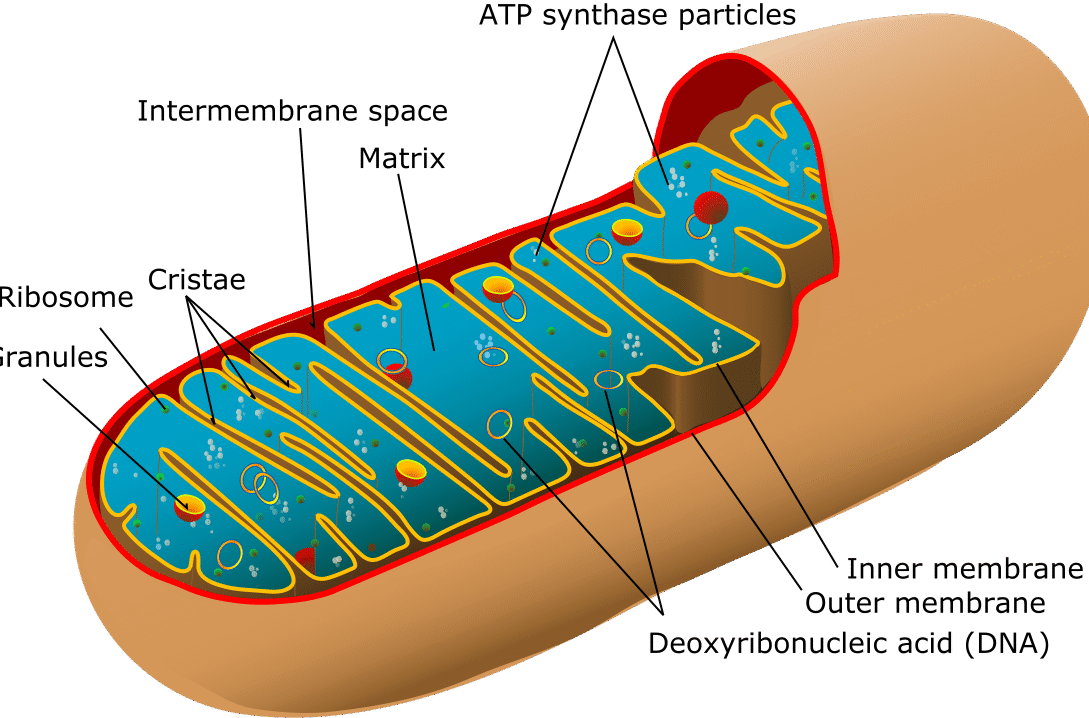The Controlled Unclassified Information (CUI) concept has been a cornerstone of information security for federal agencies and contractors. Understanding what CUI Basic is essential, as it represents the default category of sensitive yet unclassified information. Recognizing its role helps organizations protect operations, ensure data integrity, and keep pace with evolving cybersecurity standards.
What Is CUI Basic?
The first type of Controlled Unclassified Information is called CUI Basic and should be secure, but does not need any extra, agency-specific treatment. It is the minimum level of protection of CUI, and it is not similar to CUI Specified, which contains special safeguarding requirements that are determined by agencies, including the Department of Defense (DoD) or the Department of Commerce.
The official CUI Registry is regulated by the National Archives and Records Administration (NARA) and contains all the CUI categories and subcategories. This registry provides direction on marking, protection, and disclosure- to make sure the CUI Basic information is appropriately handled in all federal systems and contractor systems.
You can also read about sunshine mindset
Regulatory Framework and Compliance
CUI Basic processing is regulated by a few federal regulations and standards, the most prominent of which is 32 CFR Part 2002, which sets a set of policies on CUI marking and safeguarding. The NIST SP 800-171 in defensive industry form is the Defense Federal Acquisition Regulation Supplement (DFARS), which requires contractors to adopt some kind of cybersecurity capabilities to safeguard Controlled Technical Information (CTI) – commonly referred to as CUI Basic.
Organizations seeking Cybersecurity Maturity Model Certification (CMMC) Level 2 must demonstrate the ability to protect sensitive data, including information categorized under what is CUI Basic. Compliance requires implementing strong technical, administrative, and physical controls, along with maintaining documented System Security Plans (SSPs), regular risk assessments, and incident response strategies to prevent unauthorized disclosure or compromise.

Examples and Categories of CUI Basic
Basic CUI category is a general range of information processed by governmental organizations and independent contractors. Examples are common proprietary business information, internal financial information, regulated technical information, and export-regulated research.
Basic CUI category is a general range of information processed by governmental organizations and independent contractors. Examples are common proprietary business information, internal financial information, regulated technical information, and export-regulated research.
These illustrations point out the role in which CUI Basic protects both the private and governmental information that is unclassified and sensitive.
Marking and Safeguarding Requirements
CUI compliance is based on proper marking. CUI Basic documents should have clear designations, such as those of CUI headers or footers, to ensure that personnel know how to treat them accordingly. These are in accordance with the CUI Registry and 32 CFR Part 2002, which stipulates uniformity in the practices of all federal systems.
The physical security also needs to be taken into consideration. CUI Basic data must be stored in controlled environments and is not supposed to be accessed by any individual other than the authorized persons. The measures will lessen the danger of internal risks and external attacks and continue to be within federal guidelines.
Cybersecurity and Digital Protection
With the growing shift of data management into digital environments, cybersecurity practices are essential to protect sensitive information categorized under what is CUI Basic. Implementing encryption, multi-factor authentication, and continuous monitoring helps organizations safeguard data from cyber-espionage, breaches, and unauthorized access, ensuring compliance with federal information security standards.
The compliance with such standards as NIST SP 800-171 and the CMMC model will ensure that the contractors will be aligned with the federal requirements of safeguarding sensitive information. Having an updated System Security Plan (SSP), regular audit, and automated monitoring programs are all the ingredients of a successful protection strategy.

Training and Organizational Awareness
To both the agencies and contractors, CUI Basic management entails balancing between effective security measures and effective operations. It is not uncommon in institutions with internal training exercises or webinars that train the personnel on the proper procedure to follow when dealing with CUI and help the staff to distinguish between CUI Basic and CUI Specified data.
Such measures decrease the possibility of accidental disclosure and create an organizational culture of compliance.
Export Control and International Considerations
Export control regulations also overlap with CUI Basic in the environment of global cooperation. The sensitive technical information or research that might have some restrictions on being exported must be handled carefully to make it impossible to access by foreign bodies. This is a significant point for the organization collaborating with defence subcontractors, research associates, or global suppliers.
The safeguarding of CUI in this situation strengthens operational security and stands in line with the federal strategies to sustain national competitiveness and defense preparedness.
You can also read about malia manocherian
The Future of CUI Basic Management
The CUI Basic management will keep gaining more significance as cybersecurity risks transform and adherence standards become more advanced. Continued revisions by NARA, modification of CMMC requirements, and automation and data-protection technology will determine agencies’ and contractors’ approaches to unclassified information that is sensitive.
The emerging technologies, including AI-based classification systems, automated marking, and improved encryption solutions, will allow compliance to be efficient without impaired protection standards.

Conclusion
CUI Basic is the foundation of the federal Controlled Unclassified Information program–setting a straight line of baseline in protection of sensitive, non-classified information. Compliance, trust, and compromising the critical assets are some of the issues that can be avoided by following standards like 32 CFR Part 2002, NIST SP 800-171, and CMMC Level 2 compliance.
Effective management of information under what is CUI Basic combines cybersecurity measures, physical protection, accurate documentation, and continuous employee awareness. This foundational strategy remains essential for safeguarding the information systems of the U.S. government and its contractors as data security challenges continue to evolve.










